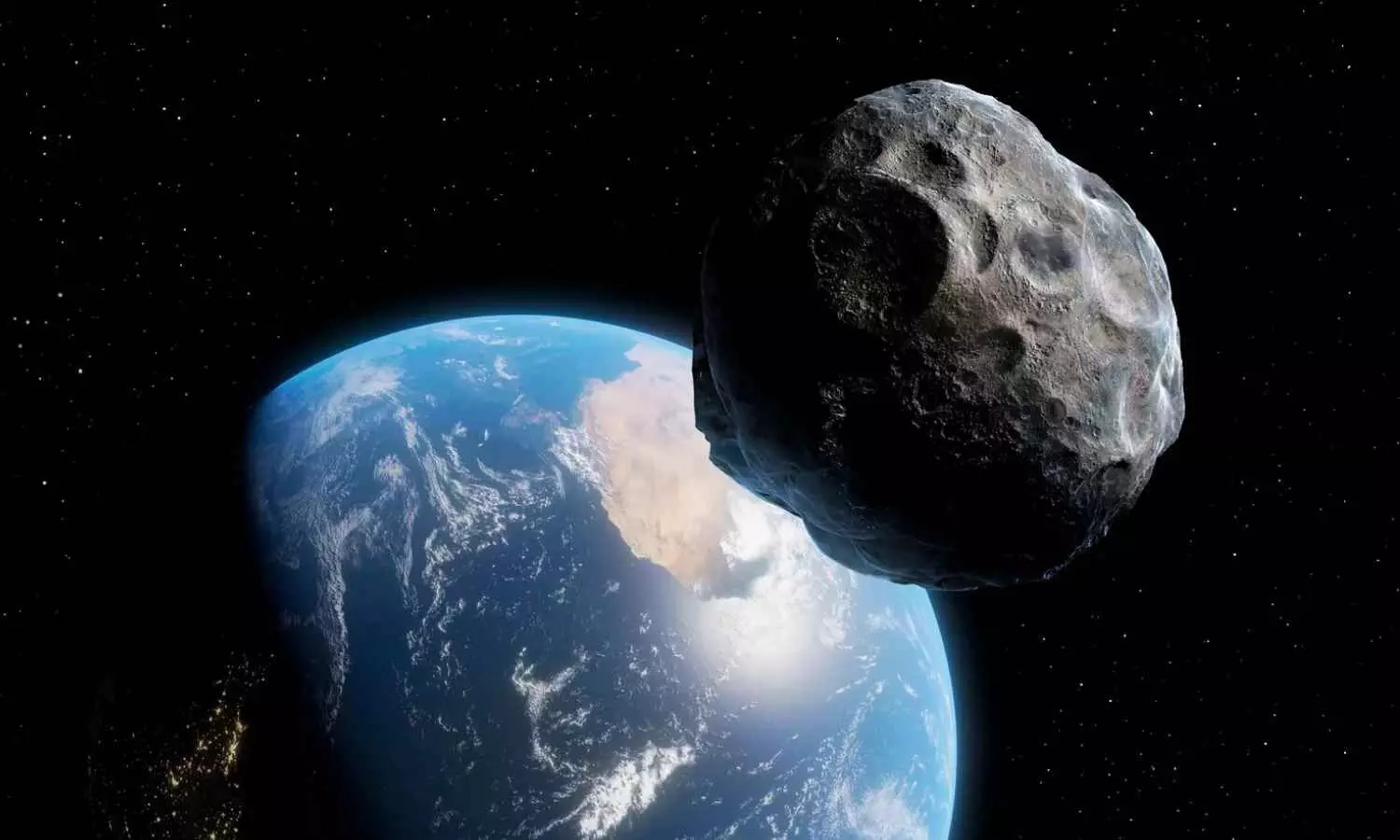NASA Confirms No Major Risk from Asteroid 2024 YR4 in 2032 Pass
NASA confirms asteroid 2024 YR4 has a near-zero chance of impacting Earth in 2032, with a 99.9983% probability of passing safely.
image for illustrative purpose

NASA has significantly lowered the likelihood of asteroid 2024 YR4 colliding with Earth, confirming a 99.9983 per cent probability that it will safely pass by in December 2032. Initial calculations had indicated a 3.1 per cent chance of impact, but refined trajectory models now place the risk at a near-negligible 0.0017 per cent.
Asteroid 2024 YR4, detected on December 27, 2024, was initially flagged as a potential threat due to uncertainties in its orbital path. Updated analysis from NASA’s Jet Propulsion Laboratory (JPL) and the European Space Agency (ESA) now suggests an extremely low risk to Earth, with an estimated 1 in 59,000 chance of collision. Although minor probabilities exist for the asteroid to impact the Moon, scientists affirm that Earth remains unaffected by any significant threat.
“When first identified, asteroid 2024 YR4 presented a slight but noteworthy chance of impacting Earth in 2032,” NASA reported on Monday. “However, continued observations submitted to the Minor Planet Center allowed for improved trajectory modeling, which has now ruled out any substantial impact risk for the next century.”
JPL’s Center for Near-Earth Object Studies (CNEOS) has been monitoring the asteroid, which follows a four-year orbital pattern around the Sun. Ongoing research involving ground-based telescopes aims to refine size estimates and orbit calculations, which could further decrease the already minimal impact probability.
The asteroid, measuring between 130 and 300 feet in diameter, gained attention after it was added to NASA’s automated Sentry risk list on December 31, 2024. This list tracks near-Earth objects (NEOs) with non-zero impact probabilities. However, many such objects, including past entries, have been removed as further analysis refines their projected paths.
NASA and ESA continue to track near-Earth asteroids as part of planetary defense initiatives. With advanced observation techniques and collaborative international efforts, scientists are constantly improving predictive models to assess potential space hazards. As of now, asteroid 2024 YR4 poses no significant danger to Earth.

